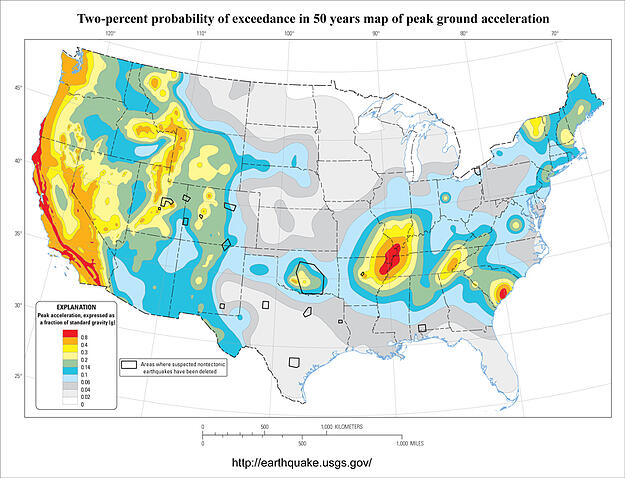Peril, risk, and hazard are three words used frequently in my business. And according to the Oxford English Dictionary, they have very similar definitions:
- Peril: Serious and immediate danger.
- Risk: Situation involving exposure to danger.
- Hazard: Danger or risk.
You could get away with interchanging these words in day-to-day conversation. But in insurance and financial circles, they each have a distinct meaning and it’s important to understand their differences.
Consider the same words as defined by the Glossary of Insurance and Risk Management Terms:
- Peril: Cause of loss.
- Risk: Uncertainty arising from the possible occurrence of given events that would result in loss with no opportunity for gain.
- Hazard: Condition that increases the probability of loss.
To summarize: hazards increase the risk of a specific peril.
The distinction is important because in modeling there is a difference between modeling risk and modeling a peril. Hazards are built into all models as a modifier to the chance of something happening.

Risk models for natural catastrophes (flood, wind, wildfire, earthquake, etc.) generally model the chances of something happening, but also the financial ramifications of that something. That financial component makes them “risk” models because risk is measured in costs. These risk models are called cat models, which you can learn more about in my last post.
Modeling the perils themselves is a way to understand the likelihood of that peril affecting a specific location. Peril models are the first aspect of a cat model, but certain tools (such as InsitePro™) focus on the perils specifically. Some perils, especially flood, can be modeled with reliability if the right information is used for the model. By limiting the modeling to a peril, far fewer assumptions are needed – much of the input into a peril model is derived from direct measurements, historical records and science. There remains some work to be done with assumptions (as in any model), but the results of peril models are much less prone to errors caused by surprises (i.e. bad assumptions) than risk models.
To ensure a little bit more confusion, and to close the triangle, these peril-focused models are called “hazard models”.
There are distinct uses and purposes for risk models and for hazard (peril) models, and it’s important to understand which tool is the right for the job. Cat models are used widely and wisely throughout the insurance industry, but they are not always the right solution. To know which tool is needed, remember the difference between risk and peril, and that peril models are called hazard models.
